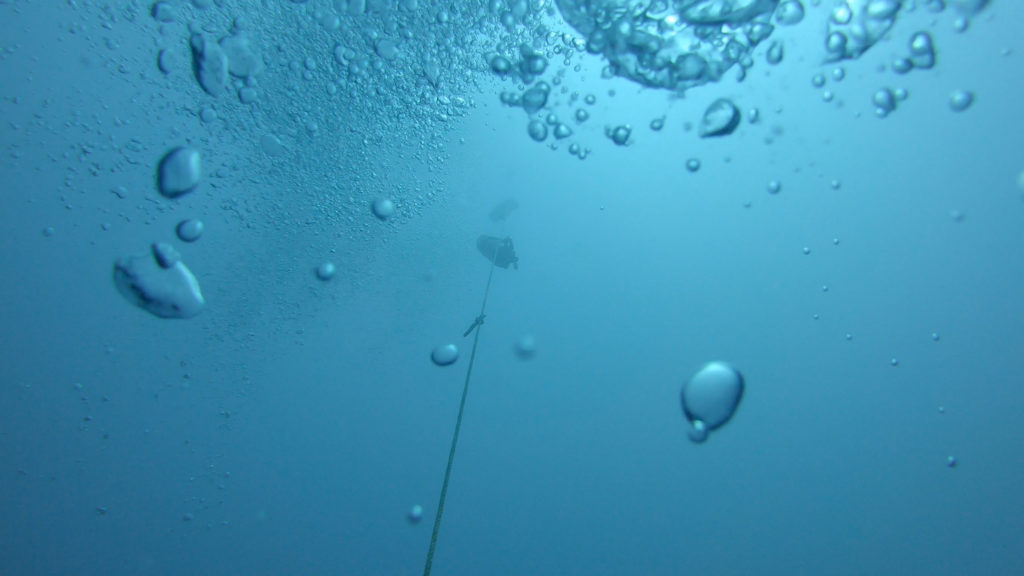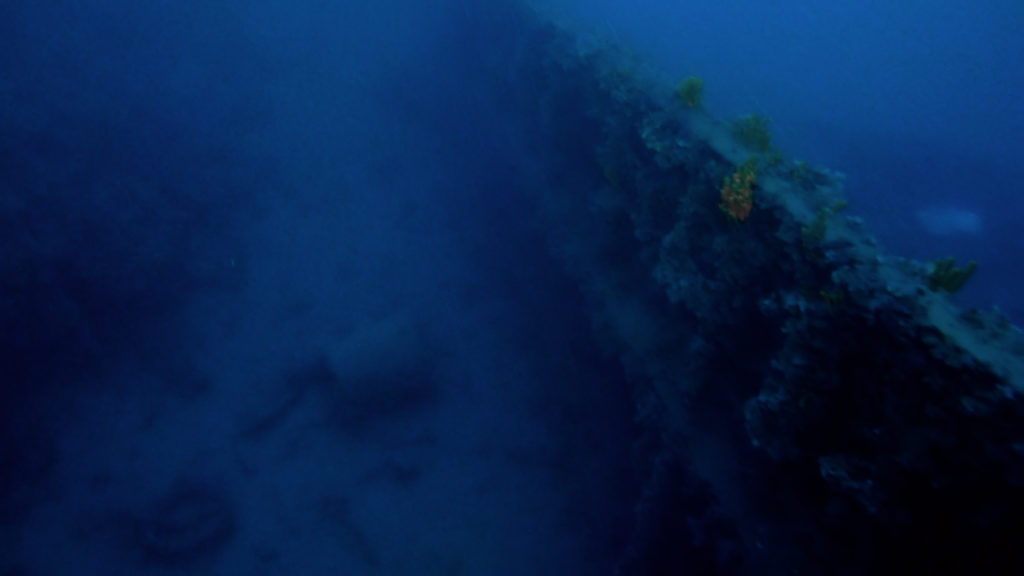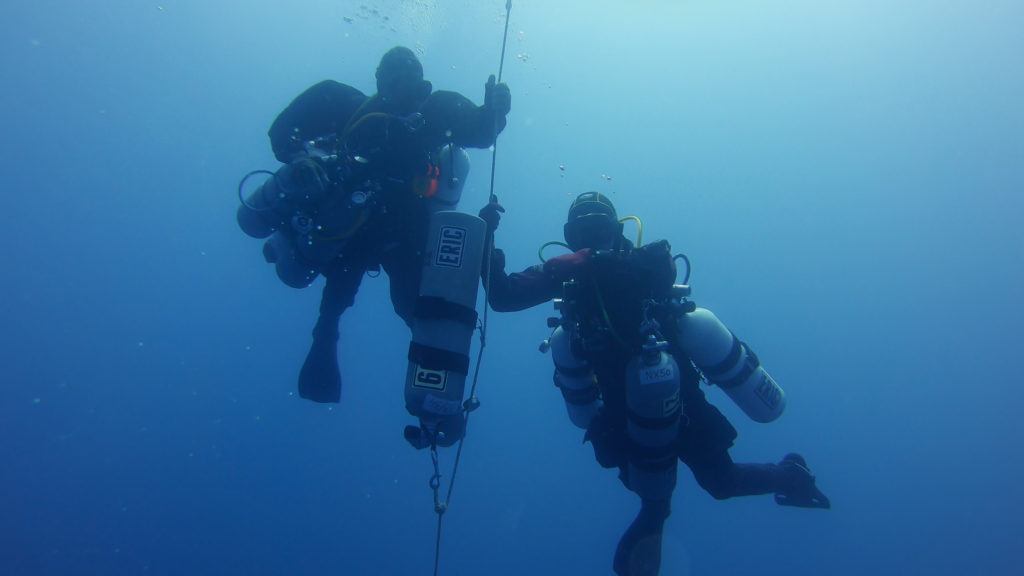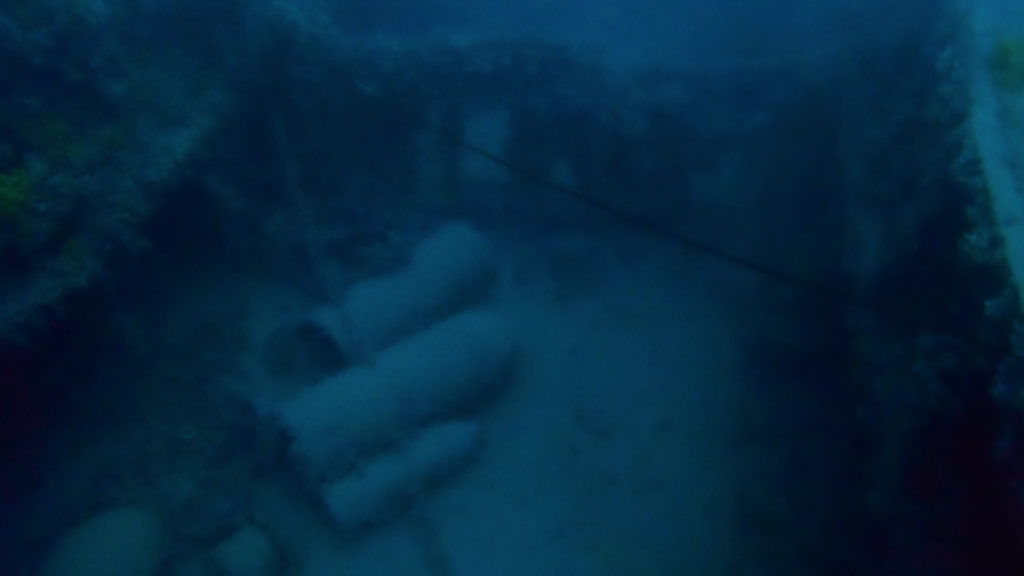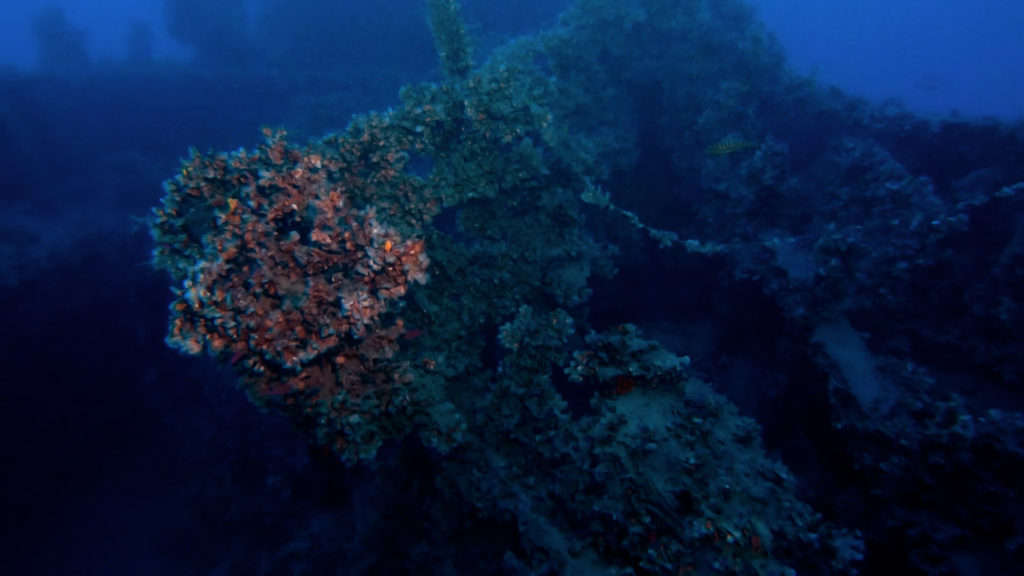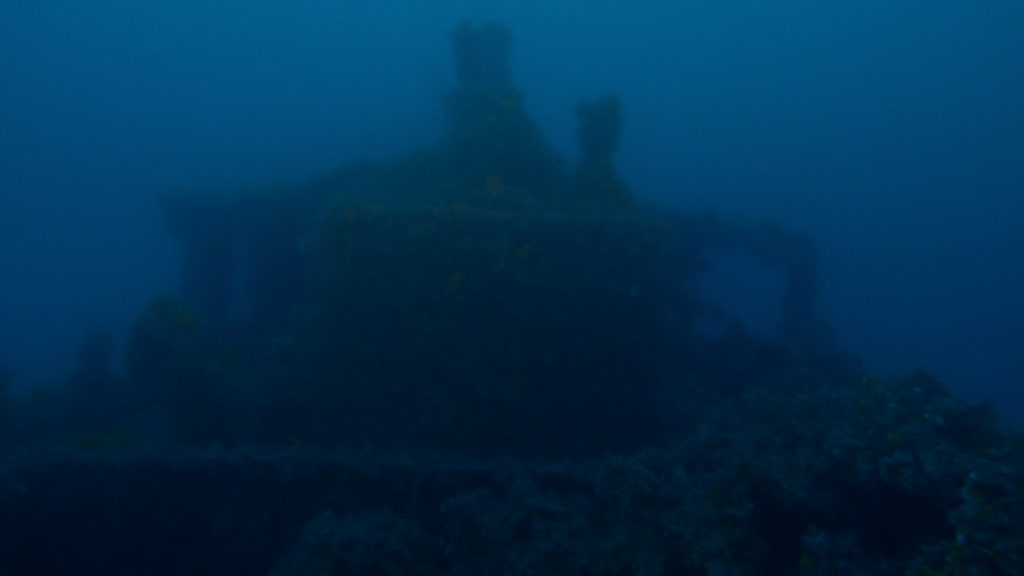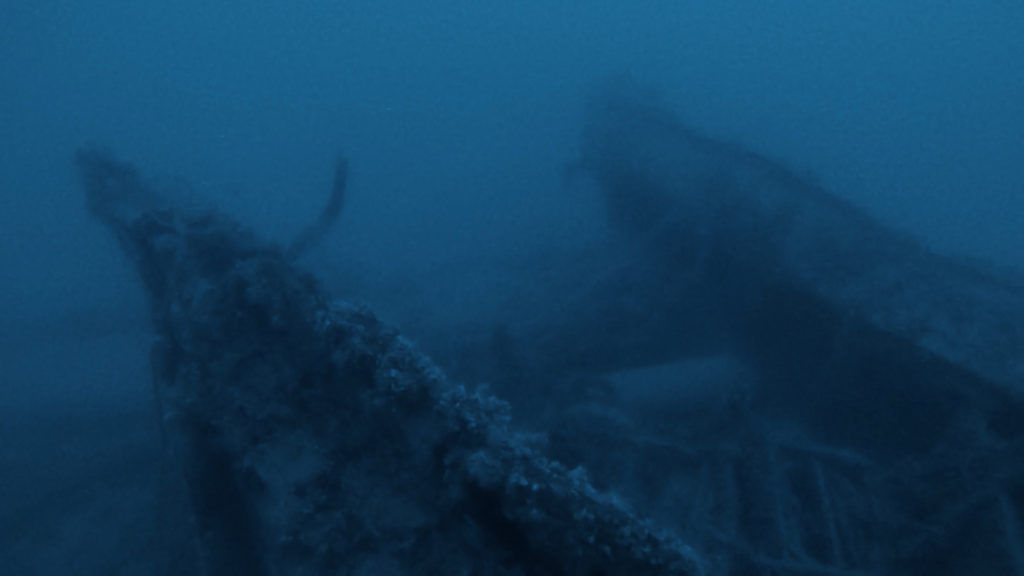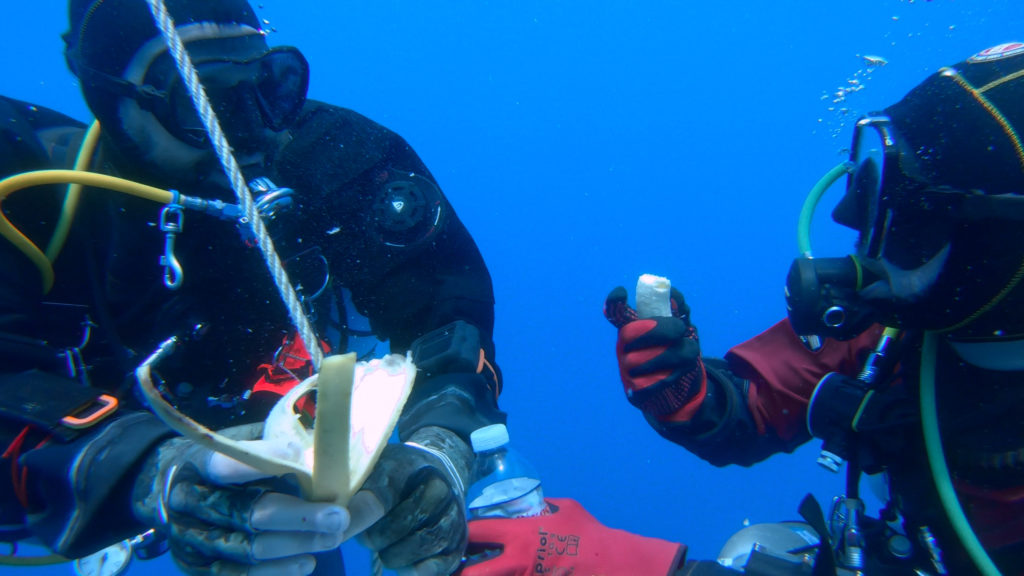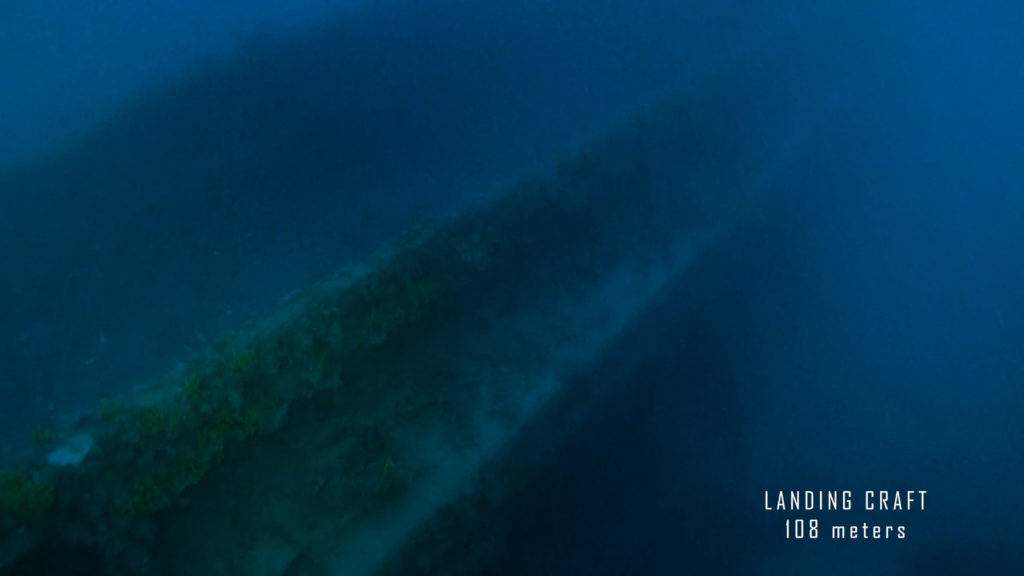LANDING CRAFT
“LOKFAHRE” Ex British TLC Mark 1 Type
During World War I, the needs of the British army led to the construction of light landing crafts whose main purpose was to transfer tanks and staff to combat and difficult to access areas. At the beginning of World War II and having already enough experience concerning the landing crafts, the British Admiralty began the construction of a new type of landing craft that was initially named TLC (Tank Landing Craft) and then became more known under the American term LCT (Landing Craft Tank).
Since June 1940 and during World War II, the British Prime Minister himself, Winston Churchill, was personally interested in the design, quality, and the production pace of the TLCs. The result was the construction of a craft of 226 tones with a total displacement of 372 tones that had the capacity of transferring 3 tanks of 36 tons each able to disembark them during combat and shores with difficult access. This type was known as TLC Mark 1 and was used during World War II in the fronts of the Mediterranean Sea, including Greece. One of the main characteristics of this type was her long ramp of 3,7m that helped vehicles disembark directly on the shore while a second steel double hinged door located behind the ramp protected the vehicles further, separating the disembarkation area from the bow. The general technical characteristics of the British TLC Mark 1 were:
Length: 46m
Width: 8,5m
Draught: 0,91m
Propulsion: 2 Hall-Scott engines of 350hp (261 kW)
Propellers: 2
Indicative speed: 8 knots
Autonomy: 900 nautical miles
Indicative crew: 12 members (2 officers, 10 sailors)
Indicative armament: 2 QF 2-pounder naval gun
The first TLC Mark 1 was constructed under the reference number 795 at the Vickers-Armstrong’s shipyards, at Barrow of England and was completed in 11.12.1940. In total, 30 TLC Mark 1 were constructed, from which, the 20 first received the code “A”, from the term “A-class lighters” along with the respective serial number and were transferred to North Africa participating in operations that had to do with the front of Cyrenaica.
The history of the ship at the British Royal Navy
In April 1941, after the war report of the rear admiral H.T Baillie-Grohman concerning the development of the war in Greece, the advance of the German army, the collapse of the front and the retreat of the allied army in the north, the British chief Andrew B. Cunningham ordered the preparation of evacuating the retreating allied forces from the Greek mainland. This operation, called “DEMON Operation”, had as a purpose the embarkation of almost 47.000 soldiers to allied ships to move them to Crete. Included in the ships that were scheduled to participate in the withdrawal of the allied army were six British TLC of the “First Tank Landing Craft Flotilla” which were also ordered to participate, under the orders of lieutenant Cdr. Peter C. Hutton R.N. These six British TLC were supposed to transfer soldiers from the assembly areas and transferred for embarkation to the bigger ships and transfer to Souda Port.
The main assembly areas and embarkation points of the retreating British forces were Piraeus, Megara, Porto Rafti, Nafplio, Monemvasia and Kalamata. The five out of six TLC (A.1, A.5, A.6, A.16, A.19), accompanied by the ships SOUTHERN MAID and AUCKLAND, departed from Alexandria to Tobruk on 17.4.1941. At night of the same day the four of them (A.1, A.6, A.16, A.19), accompanied by the antisubmarine ship SKUD V, departed from Tobruk with destination the port of Souda where they arrived on 21.4.1941. The fifth (A.5) was ordered to travel alone towards Nafplio. The sixth (A.15) stayed at Alexandria due to engine problems and it was sent later directly to Souda.
On April 22nd 1941, three of the four TLC that had arrived in Crete, were ordered to depart to Attica in order to participate in operation “DEMON” whose startup was set to be on 23.4.1941. The A.1 (Captain Sub Lt. Peters R.N.V.R) and the A.19 (captain Skipper R.S Cooper R.N.R) had final destination Megara, while the A.6 (Captain Sub Lt. Sutton R.N.V.R) was heading to Lavrio.
The A.16 (captain Boatswain E.J Boisell R.N) and while it was located at Souda, underwent some damages by a German air attack and as a result it could not participate in the operation due to an engineering problem that disabled one of the two engines. Despite the fact that the A.16 participated later in the disembarkation of the army that was transferred by the allied ships to Souda, due to its disability to travel autonomously until Alexandria during the evacuation of Crete, it was sank itself by the departing allied army in the bay of Souda. Then, it was floated off by the German occupation army, it was fixed and on February 2nd 1942 it was towed, by the tugboat Irini Vernikou, from Souda to Heraklio where is was used by the German army in order to complete operations at the port of Heraklio. After the war, it was used by the Wreck Floating Organization as a floating winch “Z14” for floating off wrecks.
On 23.4.1941, TLC A.1 and A.19 reached their destination at Megara and A.6 arrived in Porto Rafti. On the same day, A.1 and A.19 were attacked by air by Junkers 87 and as a result A.1 requested help and went to the island of Pachi, Megara. In the afternoon of the next day, 4 Ju 87 detected A.1 at the island of Pachi and attacked her by striking her with five successful shots. Even though the ship sank, a part of its stern stayed above the water surface held by rope. During the night, all useful items were removed from the ship, all documents were destroyed and then A.1 was set with charges and scuttled .
In the night of April 25 to April 26 in 1941, and while she was participating in the effort of embarkation of soldiers onto the ships HMS WRYNECK, DECOY and COVENTRY, first the right propeller of A.19 and then one of her engines were destroyed. As a result, A.19, was flooded and abandoned. The reasons that led to the abandonment of the ship were two: the disability of fixing the engine and of towing it to Crete. At the same time, it was considered the abandoned and quite visible A.19 would be an easy target for the German airplanes and as a result she would be destroyed therefore rendering her useless to be acquired by the German army.
From the four British TLC that participated in the “DEMON” operation, only A.5 was saved and managed to return to Souda on April 29th 1941. Later, she was sunk by the German air forces during the operation of evacuating Crete.
The six TLC of the “First Tank Landing Craft Flotilla” which started from Alexandria met the following end: A.16 and A.6 had the story already mentioned above, A.1 and A.19 were lost in Megara, A.5 was destroyed and sank by a German air attack at Monemvasia and A.15 sank with all the crew on board by Luftwaffe on 28.4.1941 while she was located almost 15 miles east from Monemvasia assisting A.5 that was located there. The commander of the six British TLC, lieutenant Peter C. Hutton R.N was also on board and sank with the ship.
The history of the ship in the German Navy (Kriegsmarine)
Immediately after the occupation of Greece by the Wehrmacht, the severe lack of ships for transferring army and supplies to the islands and the front of Cyrenaica, led the German navy administration to commandeer and hire ships and to declare that all wrecks within the Greek area belong to the German state. Many of those wrecks were towed, repaired, and then integrated by the German Navy, the Kriegsmarine. Among those towed ships that operated for the German occupation army, were the British TLC A.1 and A.19 that sank at Megara and were hit by the German air forces during the DEMON operation as well as A.16 that sank by the allied army at Souda and after her repair by the German army she was transferred to Heraklion, according to the archive findings in Crete until today.
According to the German records, in October 1941 the two TLC (A.1 and A.19) had already been raised and while A.1 was already at Piraeus, A.19 was being repaired. After their repair, they started transferring steam engines and wagons between Athens and Thessaloniki during the whole time while Bralos bridge was not constructed yet. This information is enhanced by allied diary records of March 10 in 1942 that mention that “two modern train steam engines with their equipment” were transferred by two ex-British disembarking crafts from Piraeus to Stilida. It is obvious that this record refers to the two raised British TLC, A.1 and A.19.
This specific operational action of the two ships, that initially at least was about transferring wagon steam engines and railway equipment, led to name them unofficially LOKFAHRE, coming from the German words “Lok”, that means Lokomotive (wagon steam engine) and Fahre that means transfer ship. This estimation is enhanced by German sources, such as a telegram from the German Administration of Sea Transfers of Aegean Sea (in German: Seetransportchef Agais) that refers to a transfer of four cargos and five soldiers with one of the two LOKFAHRE from Siros island to Piraeus.
The wreck was discovered by Antonis Grafas and his team during the summer and autumn of 2013. Identified as an LCT, one of the Bristish disembarking crafts that was sank by the German air force in April 1941, the period during which the Greek mainland was being evacuated by the British army. Subsequently the vessel was raised, repaired and used by the GErman forces until her sinking in 1944.
Historical Research: Dimitris Galon
Divers:
Erikos Kranidiotis
Stelios Stamatakis
The Dive
The wreck sank to a depth of 108m in the area of Anavissos. The bow to stern axis has a direction of almost 210 degrees. The ship was carrying five vehicles; three of them are in the wreck and the other two have fallen outside. Sidemount configuration was used by the divers for this dive. The divers spent 6minutes to descend and a further 12 minutes exploring and filming the wreck before beginning their ascent and necessary decompression stops which lasted two hours. There was a strong current both on the surface and on the wreck which is evident from the video. As a consequence, the dive line dropped 15 meters away from the wreck which however did not pose much of a problem to the dive plan. Two separate lines were used for the dive. A dive line and a decompression station where the divers could dispose their travel gasses on their joyrney back to the surface. The safety diver was also present for a few minutes during the decompression to ensure the safety and wellbeing of the divers after an arduous dive. Overall an excellent dive!
Bottom Gas: TX10/63
Travel Gas: TX19/53 + TX35/35
DECO: NX50, OXYGEN
Total Dive time: 2hrs
Max Depth: 108 meters
Average Dive Depth: 28 meters
Conservatism (GF): 30/80
Surface Water Temp: 21 celcius
Bottom Water Temp: 15 celcius
SOURCES:
Ntounis Christos: The Wrecks of Greek Seas, volume A, Finatec, 2000
https://www.grafasdiving.gr/en/shipwrecks/lokfahre-former-british-tlc-mark1/
https://independent.academia.edu/DimitrisGalon
https://military-history.fandom.com/wiki/Landing_craft_tank
Do what you can’t


